“To my eye, art simplified the facts of life, defusing its issues,” says lawyer Giuseppe Iannaccone, who has built up a collection of around 500 artworks. One-fifth of Collezione Giuseppe Iannaccone is dedicated to inter-war Italian art while the rest is contemporary art, which he sprinkled around his home and office, which resembles a small museum now.
He explained to LARRY’S LIST how he fell in love with the expressionist realism of the 1930s, what links his two parts of collection together, and what kind of contemporary artworks may make him do crazy things.
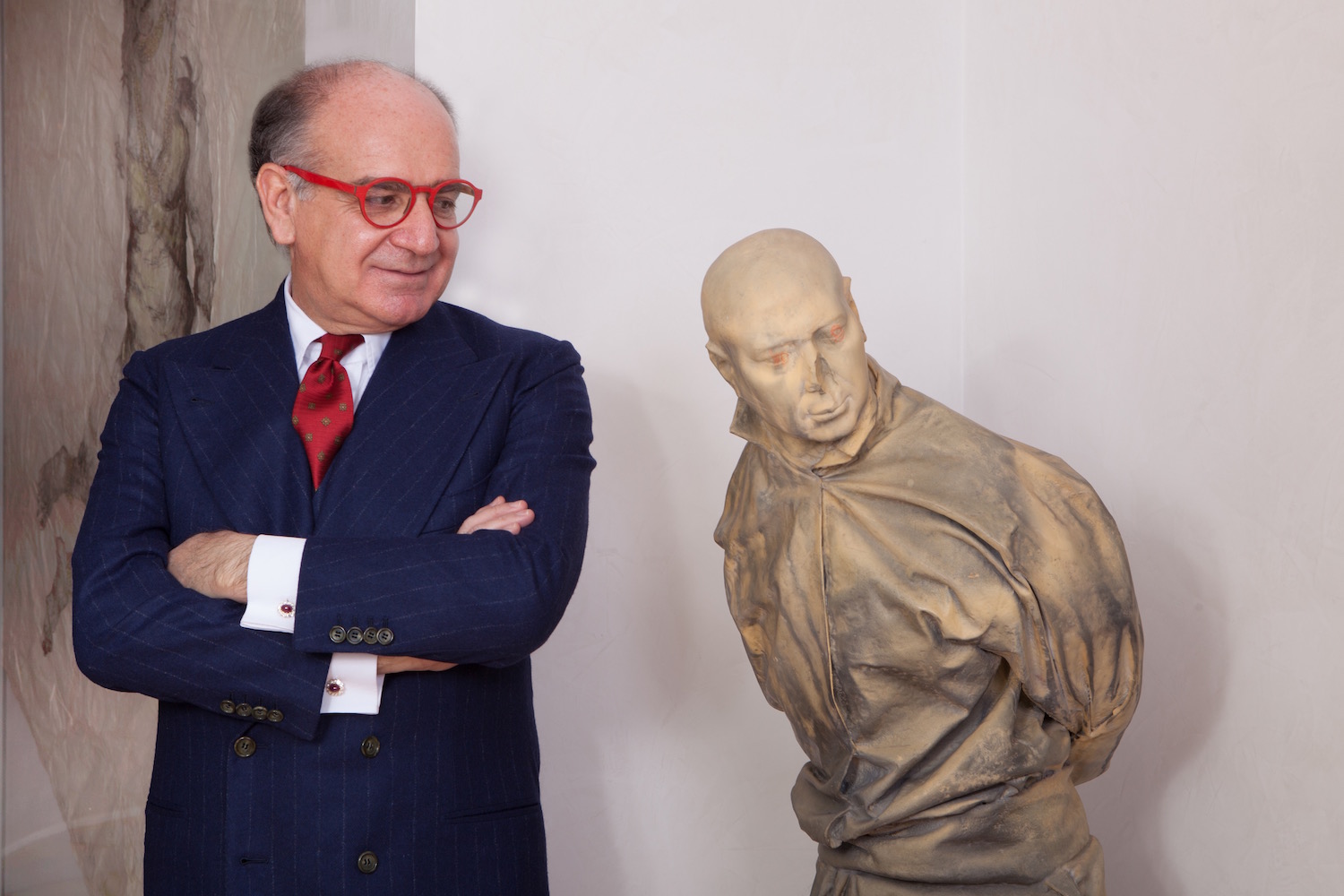
Collecting
What made you want to start collecting art? What is the main motivation behind your collecting?
I was a young lawyer at the beginning of my career. I had just started my own law firm and I was already working on very important cases. On the one hand, this boosted my reputation and allowed me to grow, but on the other hand, it generated a lot of worries and kept me awake at night because, at that young age, I was not experienced enough to handle such important cases and was worried, very worried that I would make mistakes or that I had already made mistakes. Pretty soon those sleepless nights took me into the arms of art.
To me, meeting art was a fortunate encounter. I started with art history books. I was very young and had more free time, which unfortunately I don’t have now, and I used it to study art. To be honest, studying somehow shifted my attention away from my worries and, even more than that, I would say that it dimmed my concerns, making me see my work problems from a different angle. To my eye, art simplified the facts of life, defusing its issues.
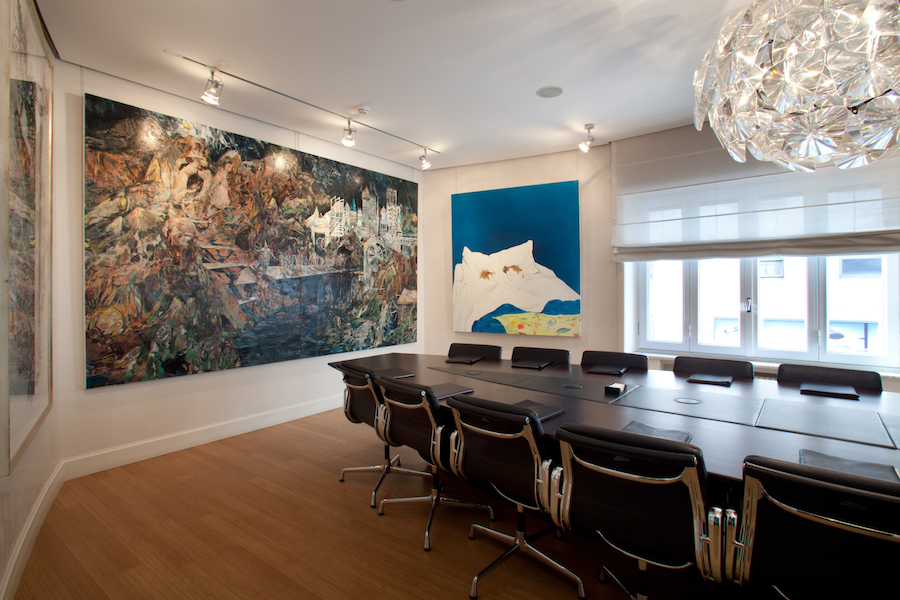
When did you fall in love with a piece of art? What was it?
One of my first works of art was a painting by Aligi Sassu entitled “nudo su divano verde” made in 1941. I felt it was an extraordinary fact that, during the Fascist era—when mainstream art in Italy required artists to produce reassuring images, such as Achille Funi’s mothers holding babies in their arms, or Mario Sironi’s cohesive families— there were courageous artists who dared to portray the truth of what men were doing: they would go to brothels where they could be with passionate and bewitching women, exactly like the prostitute by Aligi Sassu, painted in red— the color of sensuality, representing sexual passion.
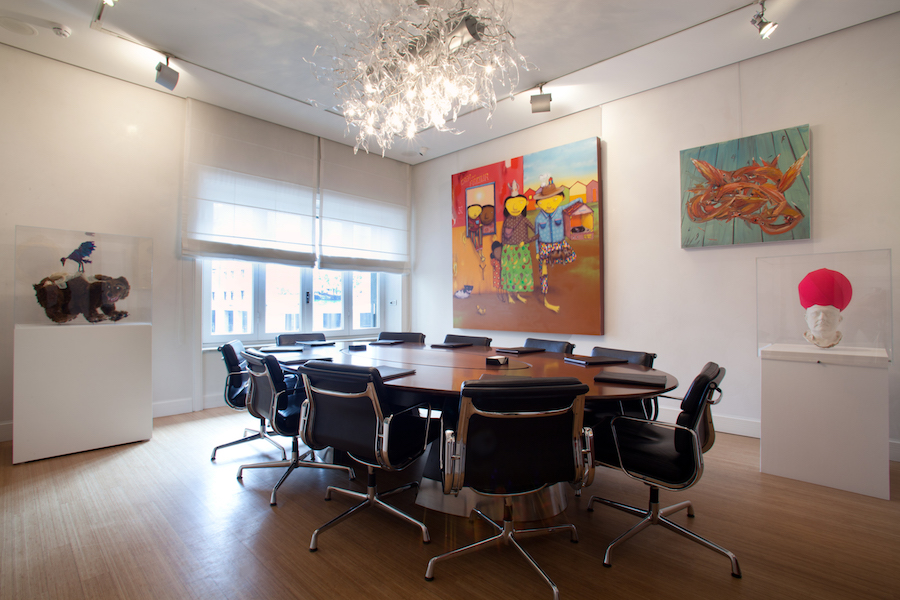
Why did you focus on Italian paintings between the World Wars at the beginning? What are signficant features with the Italian expressionism of the 30s?
Thanks to the books I read, I learned a lot about futurism, driven by Boccioni, Balla, Carrà, and Sironi, and I came into contact with the art of “Novecento Italiano” and “Valori Plastici”. The main artists representing these two movements interpreted art as an expression of the regime and its propaganda, which, as I anticipated before, was translated into the dissemination of reassuring images. For instance, what was important for mainstream art was to offer simple and elegant pictures of the typical Italian woman, mainly portrayed as a wife and mother. It was important to revive the interest in classical themes as a way to contrast the avant-gardist season. Through the books, I discovered pictures of the official exhibitions of those years, such as the Quadriennale in Rome, the Triennale in Milan and the Biennale in Venice, where large canvases quite often represented many, really many, portraits of Mussolini, often in uniform, sometimes bare-chested or on horseback.
On one side, there were these images promoted by the Duce, where people appeared to be serene and trustful, to the point that they were portrayed while spending their holidays on the beach, always with their families and invariably on the Italian coasts, but at the same time there was a group of artists who, conversely, painted freely, regardless of the cultural constraints imposed by Fascism, expressing the daily routines of their lives, with no shame whatsoever, describing the real world with its needs, but mainly with the strong tensions caused by the wars that were breaking out across Europe. While I loved Futurism and the movements “Novecento Italiano” and “Valori Plastici”, and despite the fact that I recognized their historical and artistic values, I fell in love with the expressionist realism of the 1930s and started collecting works from such movement. In the end, I am proud of the collection I put together as it tells the story of a unique period of the history of my country.
A true story told through more than 100 paintings that, I am proud to say, are now recognized as reflecting a genuine reality portrayed no longer by minor artists but by protagonists who have perhaps been ignored for far too long. This is a collection that mirrors the human soul, the feelings of a country, Italy, in full turmoil, at a time when the desire to rebuild the country was intertwined with the suffering caused by a violent regime and war.
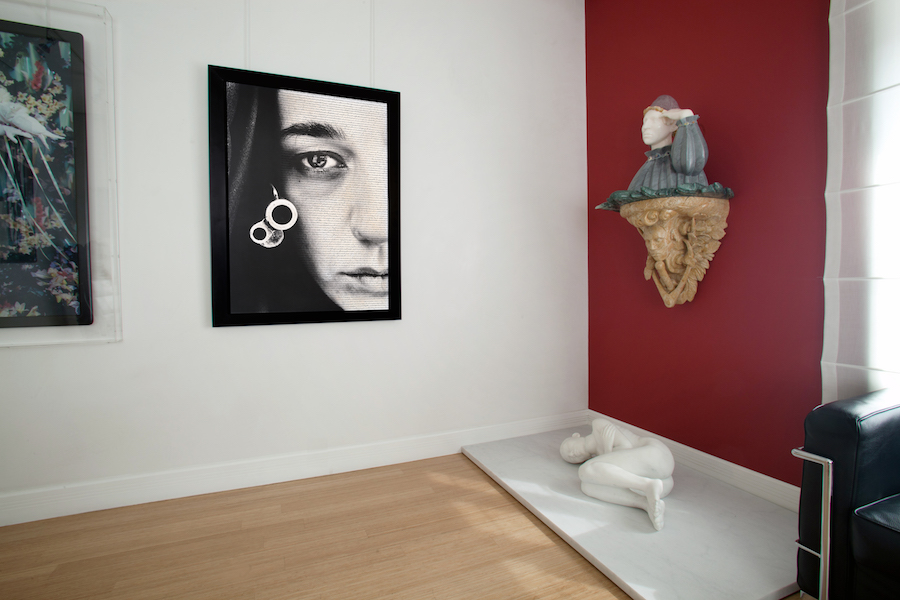
Then, your collection evolved from Italian modern art to also include international contemporary art. When and why did such evolution start?
The same need that pushed me to look for works by Italian artists from the 1930s and that every day drives me to “hunt” for the masters of expressionism of that time, i.e. the urge to search for works focusing on the human dimension and capable of reflecting the human “daily reality”, also drives my quest in the domain of contemporary art.
Of course, with contemporary art I could not study it on books— like what I did for the 1930s period. This is because there still isn’t an art history of contemporary art as we are building it for our children and grandchildren.
Among the contemporary art you collect, is there any particular type of art that has consistently attracted you, or anything that unites all the works you have acquired?
In contemporary art, I am particularly interested in painting and figuration, though not a hyper-realistic one, but rather a figuration resulting from a personal and subjective search, a reality that is interpreted through the magnifying glass of human feelings.
To me, an artwork is something sublime that feeds the spirit and carries you away, as long as you contemplate it, giving you a timeless emotion. In order for an artwork to arouse emotions, it must be true poetry, an extraordinary creation that engulfs the viewer, an emotion that takes you beyond time, a new wind that is different from the past, otherwise it cannot be true poetry and cannot trigger a genuine emotion. In my opinion, the novelty required in order for you to speak of true art does not at all lie in the technique used by the artist, but rather in the originality of the poetry that it delivers. Therefore, what I want to build is some sort of catalogue of the feelings that pervade the human being, ranging from positive to the most melancholic ones, such as loneliness and inner discomfort which, for instance, emerge in the anorexic bodies painted by Margherita Manzelli, in the embroidered tears by Francesco Vezzoli, or in the twisted bodies sculpted by Marc Quinn.
To conclude, we might say that the keywords linking my two collections, which apparently seem to be so distant from one another, are emotion, expressionism, daily life and, most of all, humans at the heart of art, with their love, needs, whims, pains, and sins.
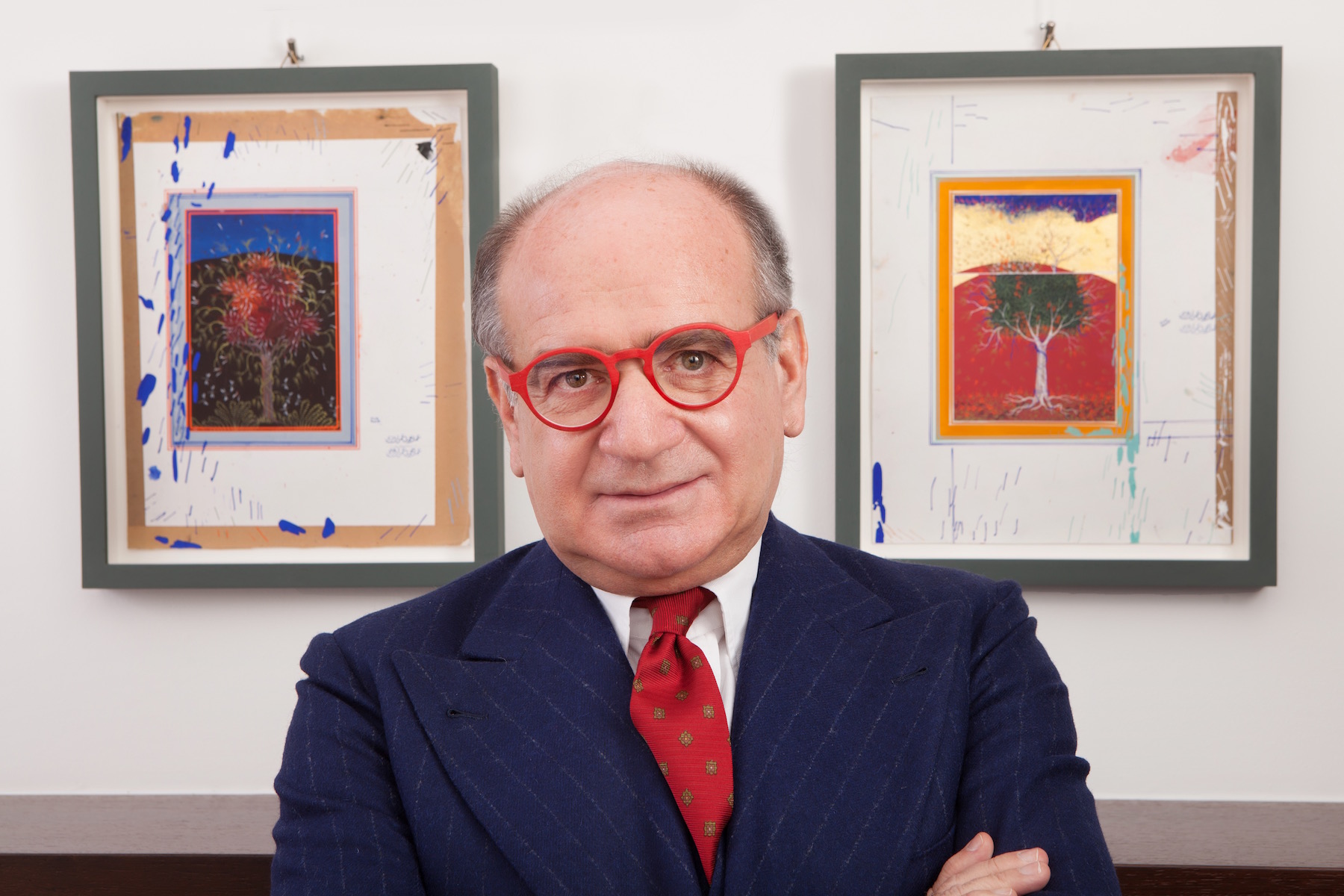
What were the first and the latest artworks you purchased?
The first artwork I bought towards the end of the 1980s was a 1987 painting by Claudio Bonichi, “Sirena Ferita”. This wounded mermaid immediately showed me how art can be fascinating and meaningful. She was injured with a fork in the Venice lagoon and, to me, she was saved by the masked man, while many others believe that she had been attacked, and not saved, by that man. This is when I understood how a work of art originates from the artist’s idea but then lives and takes on a meaning only in the eye of the observer.
The last two pieces I added to my collection are by an Italian artist, Marcello Maloberti. One is a small painting made in 2018, “Via Temporis acti India”, and the other is one of his historical photographs that I had been chasing for a long time, “La vertigine della signora Emilia”, made in 1992.
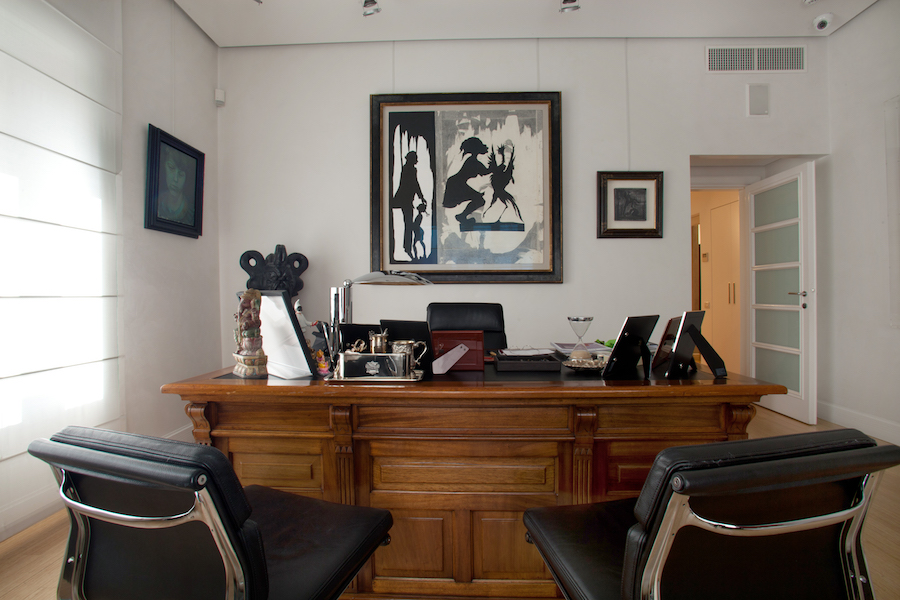
How many artworks do you own? Where do you display your collection?
In total, I have some 500 artworks in my collections. About 100 of them portray the Italian art history between the two world wars, while the remaining pieces are contemporary artworks. I love to surround myself with my collections and so, both at home and in my office, I love to display my artworks, although now I only have contemporary art pieces with me because the others from the 1930s are always travelling among different exhibitions in museums. Of course, not all of them would fit into my two places, i.e. my home and my law firm, but I rotate them as I want them all to be on display. I need to always see them. I am also a very active lender: I lend my artworks to small and large museums, both in Italy and abroad. For instance, Laura Owens’s painting was in the United States for two years, travelling among different museums.
You have presented your art collection publicly in some exhibitions. How were the experiences?
I was asked to display, in the framework of temporary exhibitions, my collection of Italian artworks between the two world wars in 2017 at the Triennale in Milan, and then in 2018 at the Estorick Collection in London, and very soon there will probably be more surprises, but, for the time being, I cannot reveal anything. To me, this is a huge joy. As a collector, I am held in high esteem, which not everybody has enjoyed so far, despite the fact that some of the other collectors own much more important collections than mine.
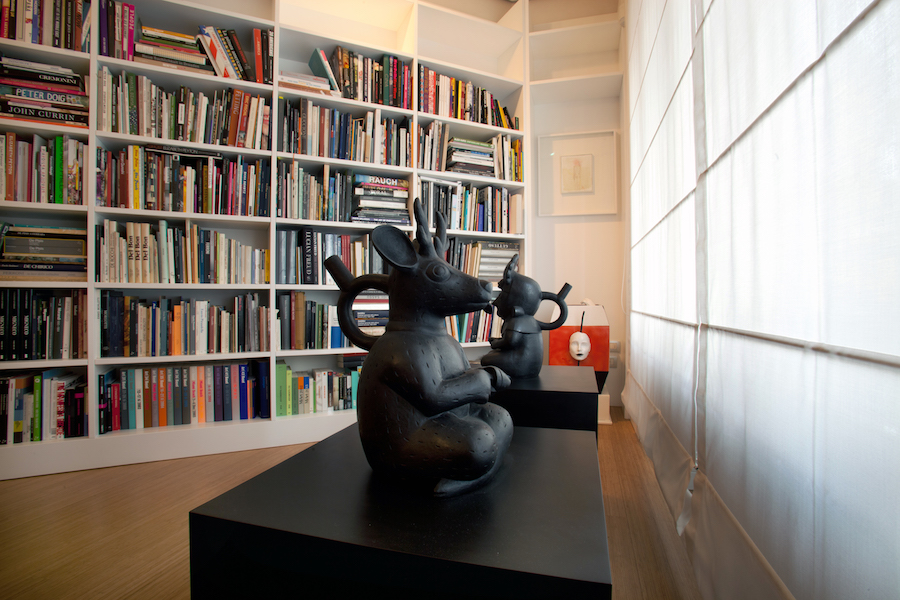
What considerations guide you to make a purchase?
Finding contemporary artworks is very different from finding works from the 1930s. In fact, the latter are traded on a limited market, i.e. the Italian one, where there is little demand, and I am quite popular. So, it is quite unlikely that an important piece of art comes to the market without first being offered to me. On the contrary, contemporary artworks that I am after are those by artists that are often more valued on the international market, and therefore, there is much more demand for them and, shortly after the artist gets discovered, his/her works can no longer be found on the market.
So, the secret is to have intuition, taste, i.e. a special sensitivity that you can only develop by studying art history and by continuously viewing art, both in museums and on the market.
It is important to have a smart organization that searches for and studies the emerging artists, studies the market evolution and purchases artworks when their authors are not famous yet.
Is there any kind of artwork that can make you write a cheque without any consideration?
I cannot reveal my little secrets, otherwise all gallerists would have their eyes on me. Let’s say that something new, expressed through the language of painting, could make me do crazy things.
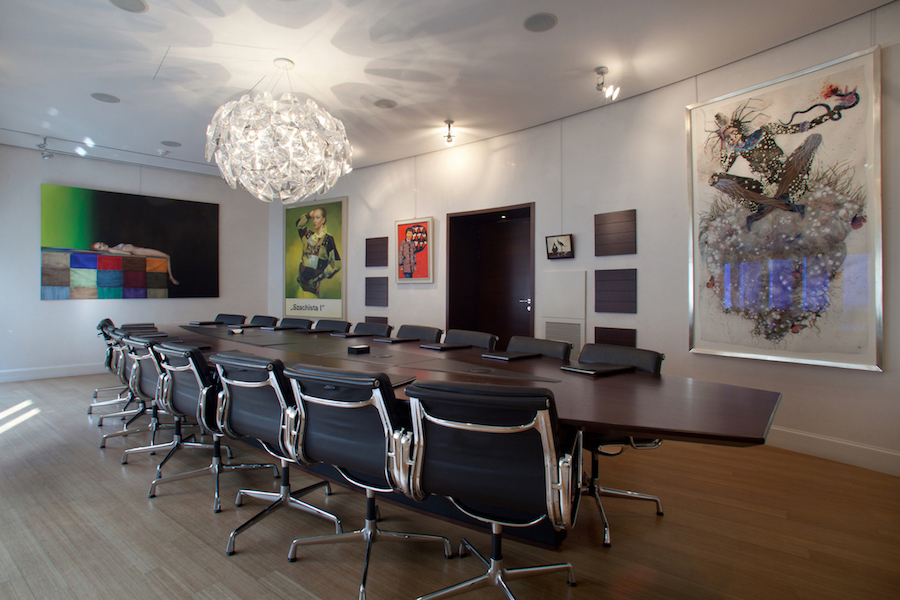
What is your most treasured artwork?
You don’t have favorite and less favorite children. Likewise, every artwork in my collection is loved equally, just as you do with your kids. What I can say, though, is that I had to struggle a lot to obtain a specific work by a specific artist because I wanted that work in particular and would not settle for anything else, but they are all precious treasures to me.
How important is it for you to meet the artists who created the artwork?
I like talking with the artists, but, to be honest, I don’t think it’s vital. In my search for art, I always prefer to let the artworks inspire me… they are the ones that talk to me.
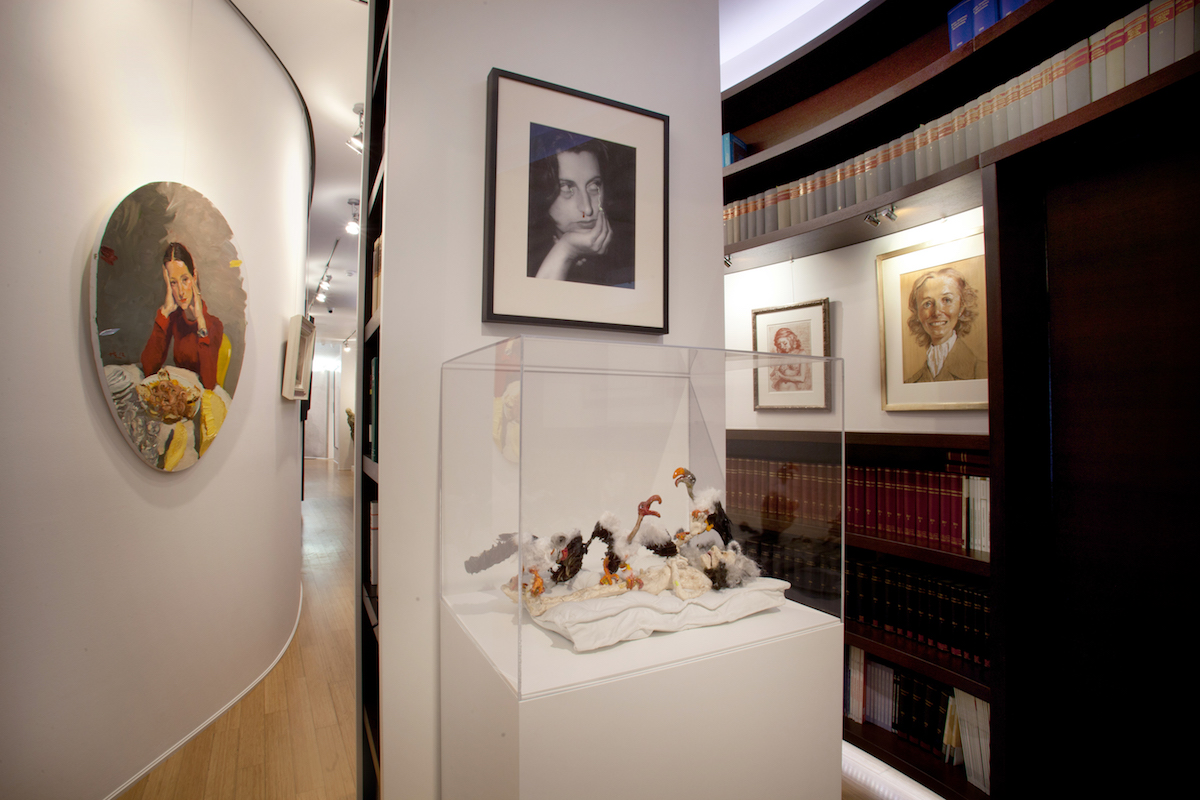
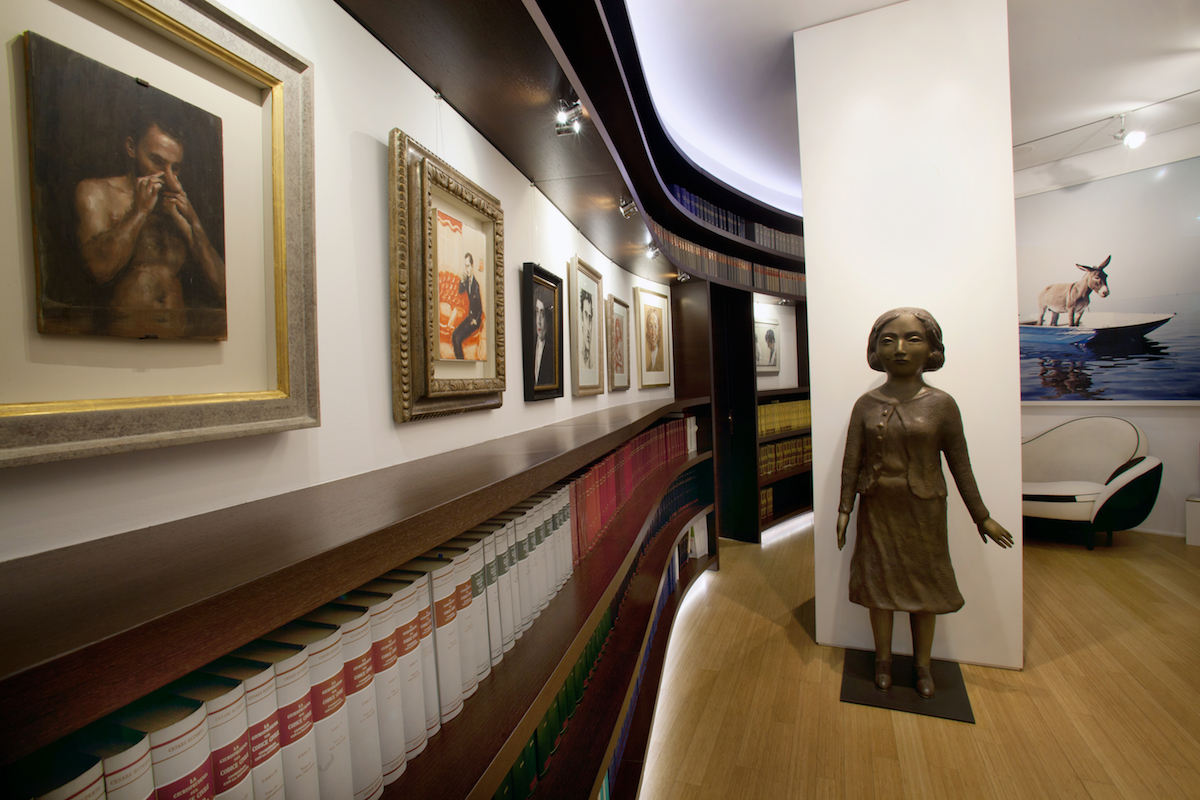
The Art World
Who inspires you the most in the artworld?
What inspires me are images, art magazines such as Artforum or, when it was circulated, Parkett; in my view, the latter was the most beautiful magazine on the market. Then, there are museums, the most serious galleries, those that are willing to support artists, especially the youngest and most promising ones.
What’s your artworld pet peeve?
Hating does not belong to me, but let’s say that what I don’t like is that my city, Milan, which is full of galleries, some of them with an international reputation, a city that hosts very important national and international collectors, does not have a museum of contemporary art. Milan is the only big city in the whole world that does not have a contemporary art museum. To be honest, this makes me suffer a lot, and I will never tire of repeating it.
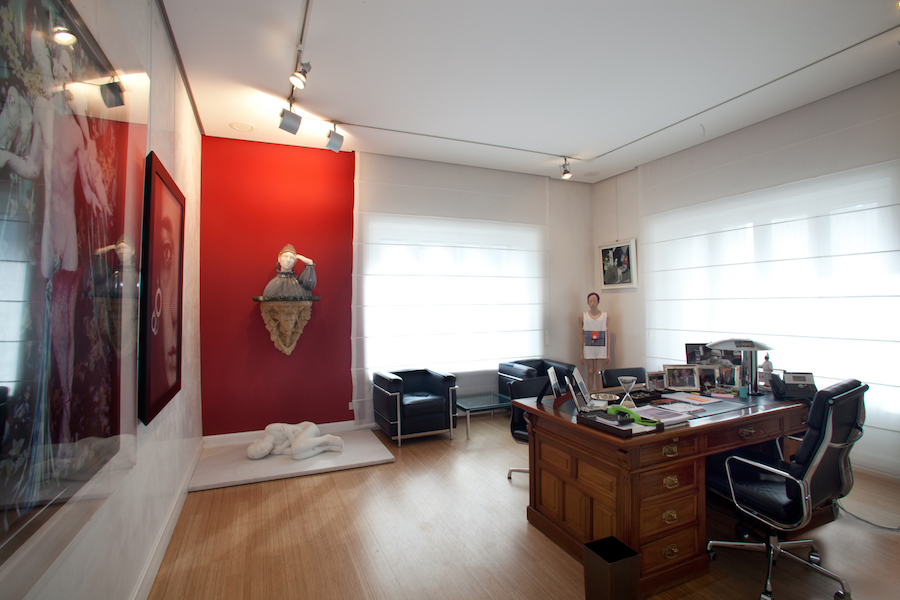
How is the contemporary art scene in Italy right now?
At the moment, the contemporary art scene appears to be suspended. There is a lot of turmoil on the net, and I know that artists are pondering and creating. I would like Europe to help them through this extremely difficult time. A few days ago, I read an interview with Obrist where he was recalling what the United States did after the Great Depression of 1929. More specifically, the US set up a plan to support artists, and for example, Jackson Pollock and Mark Rothko were among those who benefited from it. So, thanks to state support, murals, sculptures and paintings flooded the country, giving birth to a large, active community, which was the starting point to boost the economy in those years. Perhaps we should all recall this and consider doing something similar.
What is your advice to young and fresh collectors?
I would advise to always buy with their heart and never as an investment, and most of all to study, never stop studying art history to then let culture and passion guide them in the construction of their own collection!
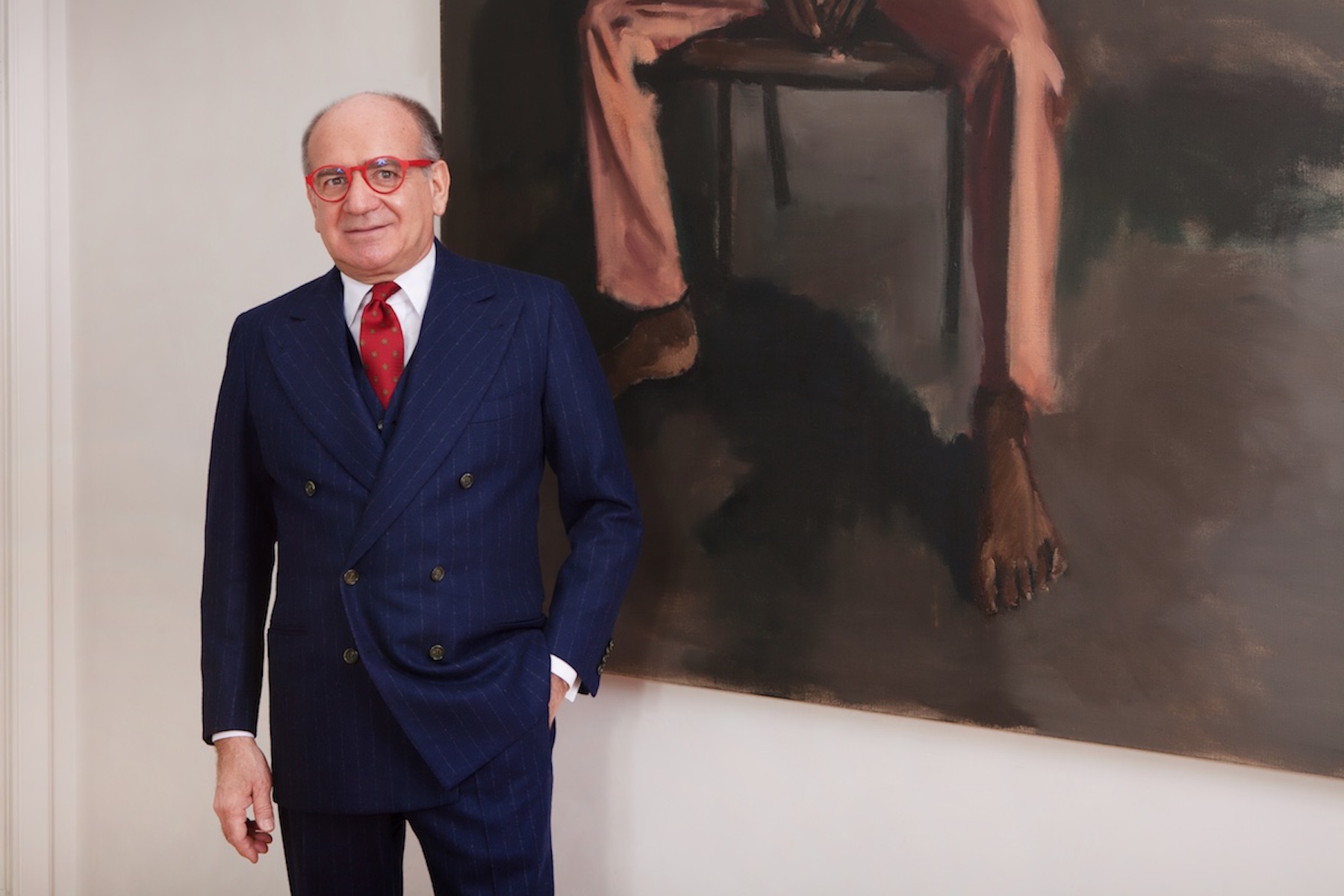
Related: Collezione Giuseppe Iannaccone
Instagram: @collezionegiuseppeiannaccone
A selection of artists Giuseppe collects:
Claudio Bonichi
Francesco Vezzoli
Marc Quinn
Marcello Maloberti
Margherita Manzelli





